Subject: Richmond Assembly Plant
[Back] [Return to Top of Forum]
| Steve Dabrowski |
Posted 03-20-2017 at 08:37:51 [URL] [DELETE]
[Reply] [Email] In 1931 Ford built a new assembly plant in Richmond, CA to assemble Model A cars (another west coast plant was located in Long Beach near Los Angeles). This plant operated from 1931 through the mid 1950's when it was closed and operations moved to a new plant near San Jose, Ca. The plant was largely abandoned and fell into disrepair. I took a drive up there a couple of months ago and shot some photos. While having nothing to do with tractors I thought some of yo Ford fans and history buffs might enjoy these images. In the mid 1990's the City of Richmond with help from the National Park Service began restoration of the plant as a part of the new Rosie the Riveter/WWII Home Front National Historical Park on the sites of the Ford plant and the four Kaiser wartime shipyards. The building has been beautifully restored and now houses several businesses as well as featuring a very good restaurant. The crane hall is used for concerts and special events. This air view shows the plant as it was completed in 1931. Within a dozen years the estuary and surrounding land would be covered by the four Kaiser shipyards. Kaiser yard two was located to the right of the water tower while yards one, three and four lined the land on the left of the waterway. 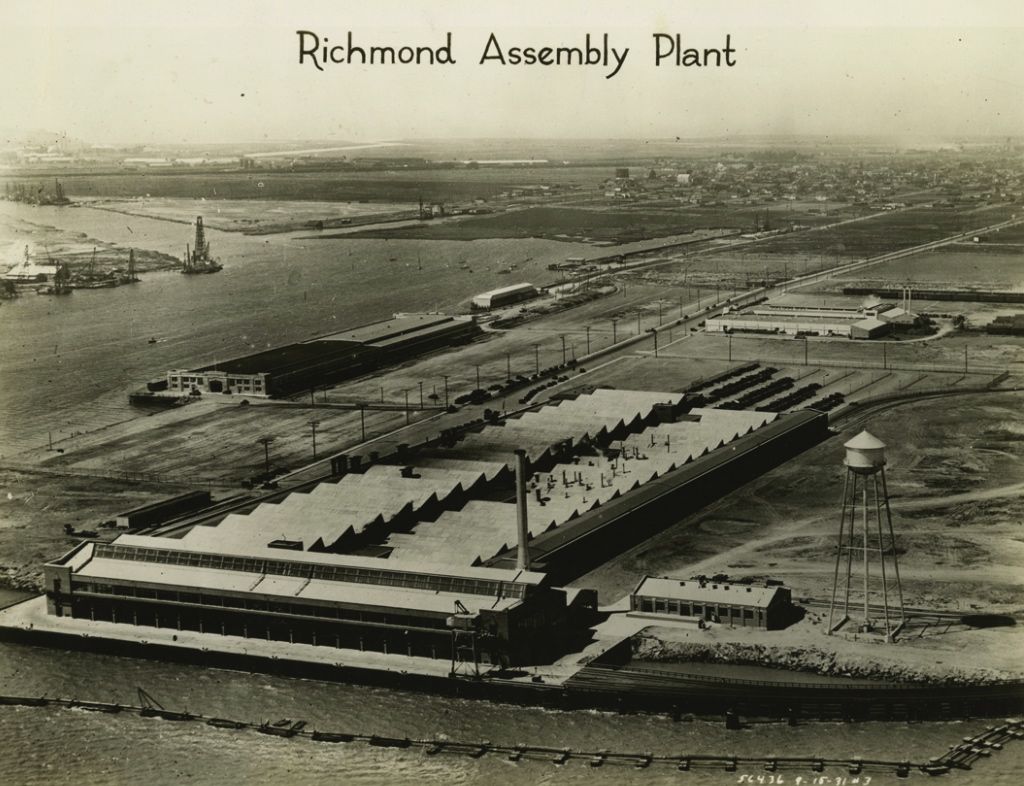 As seen from street today:  The entry gate remains in service: 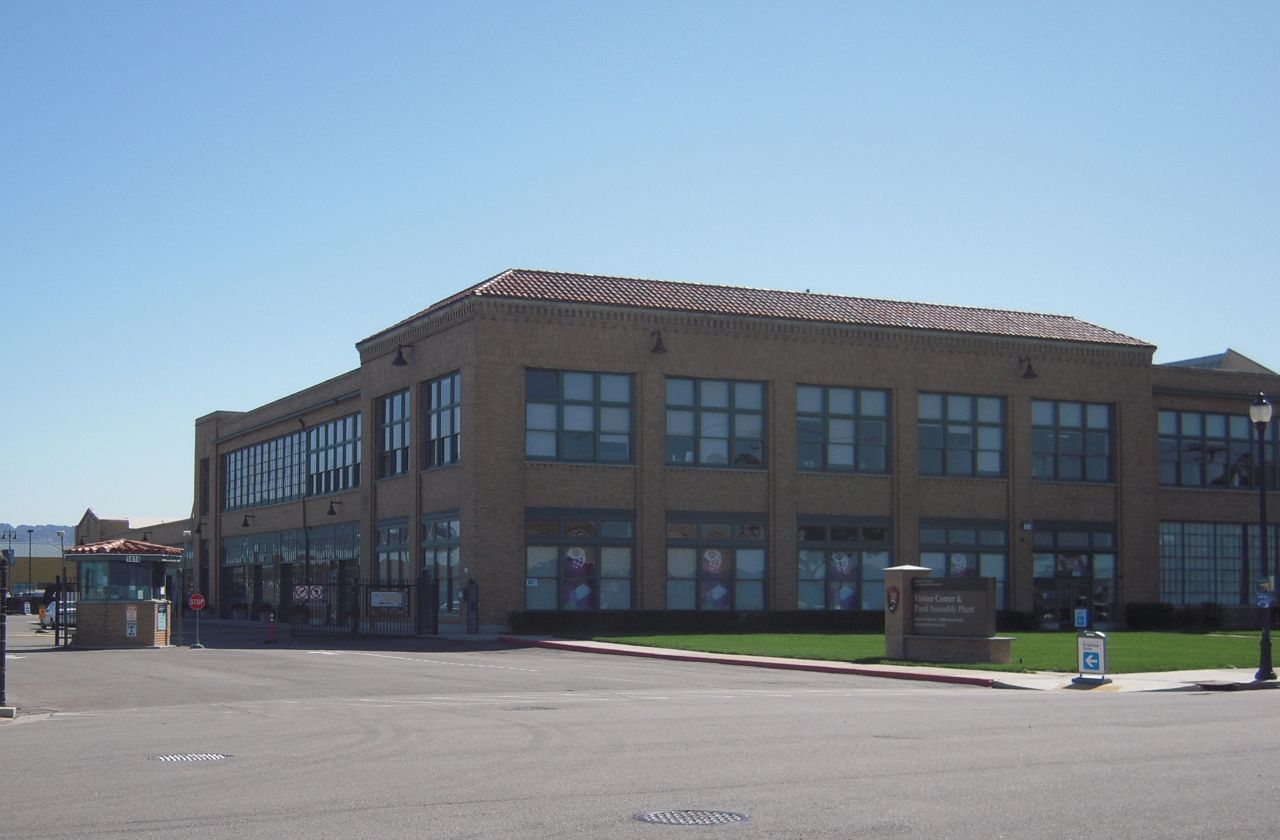 The crane room viewed at the south end of the plant: 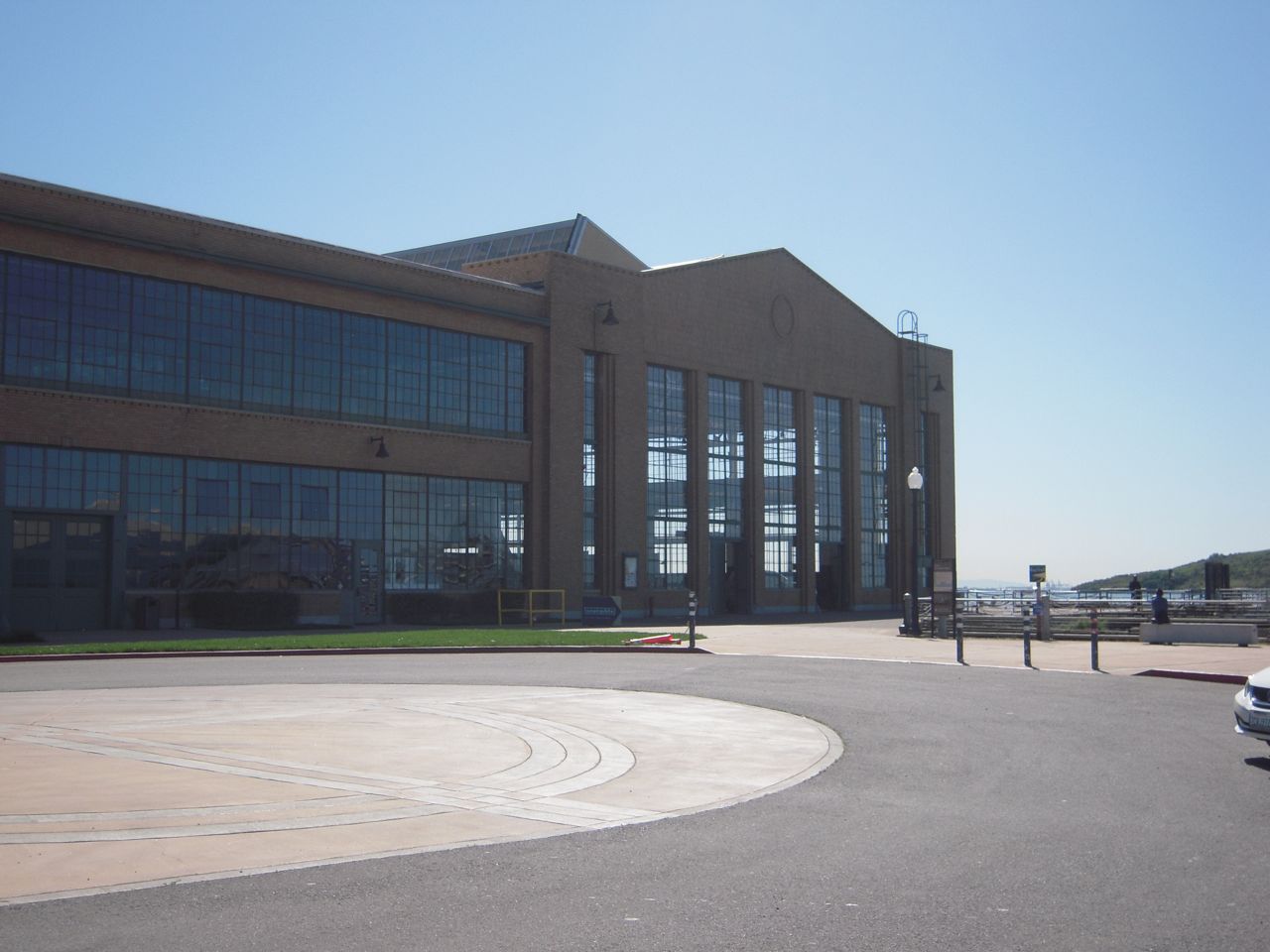 View of the east side of the crane room and the restaurant. This is classic Albert Kahn architecture with the ample glass windows and tall graceful smoke stack: 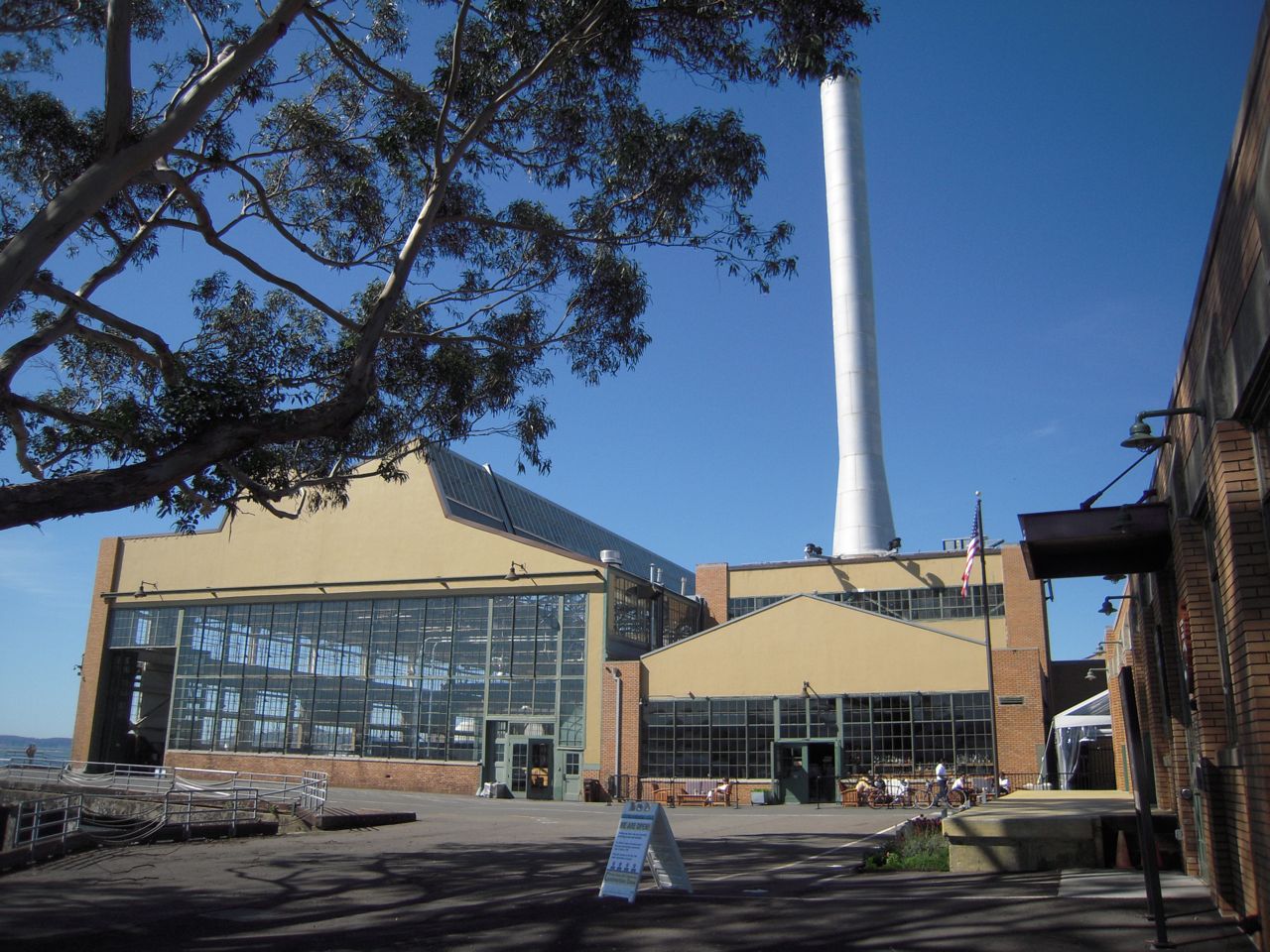 View of the hall facing the bay where remnants of the railway for loading and unloading of materials still remains: 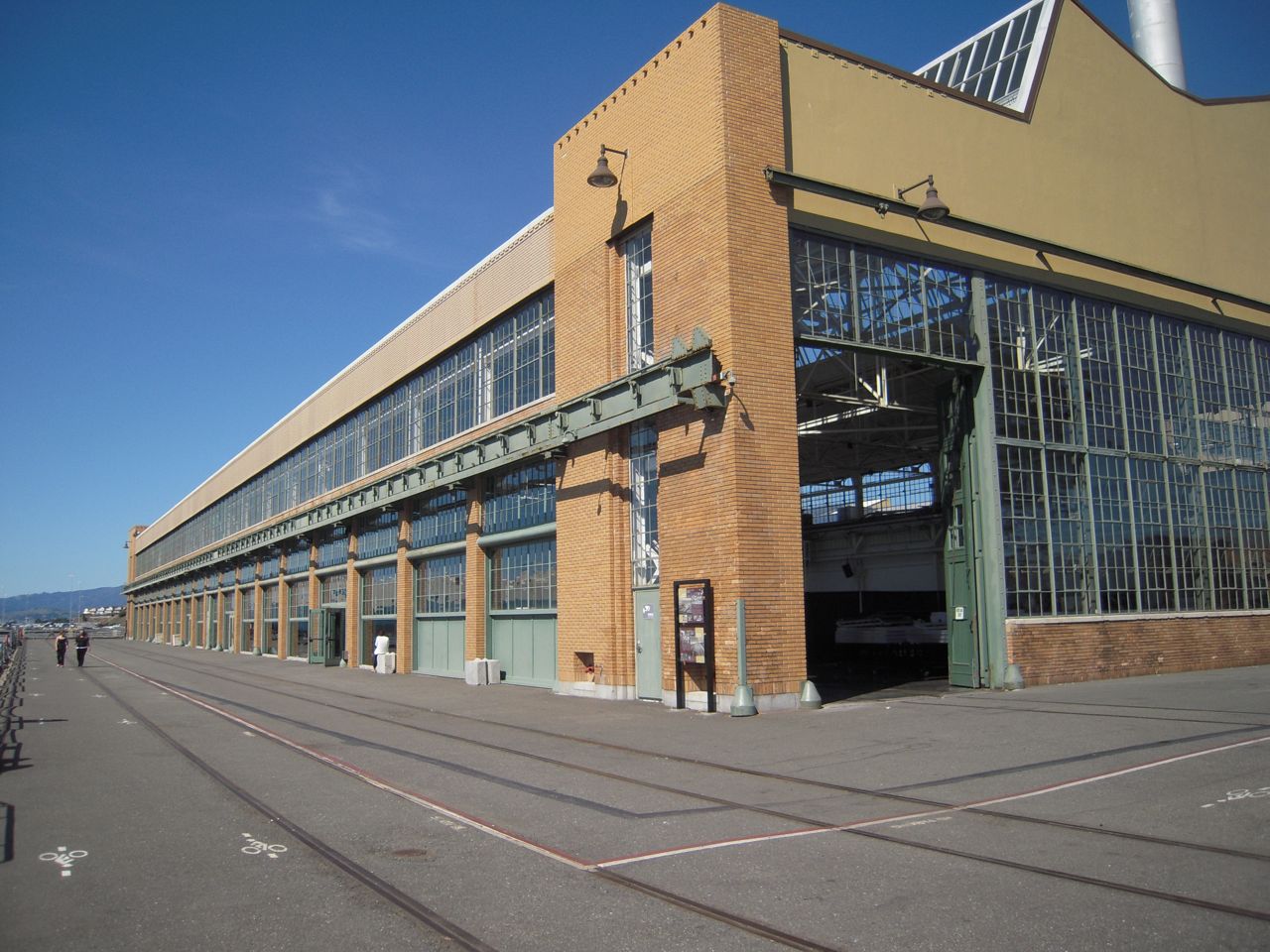 View along the dock fronting the plant looking west: 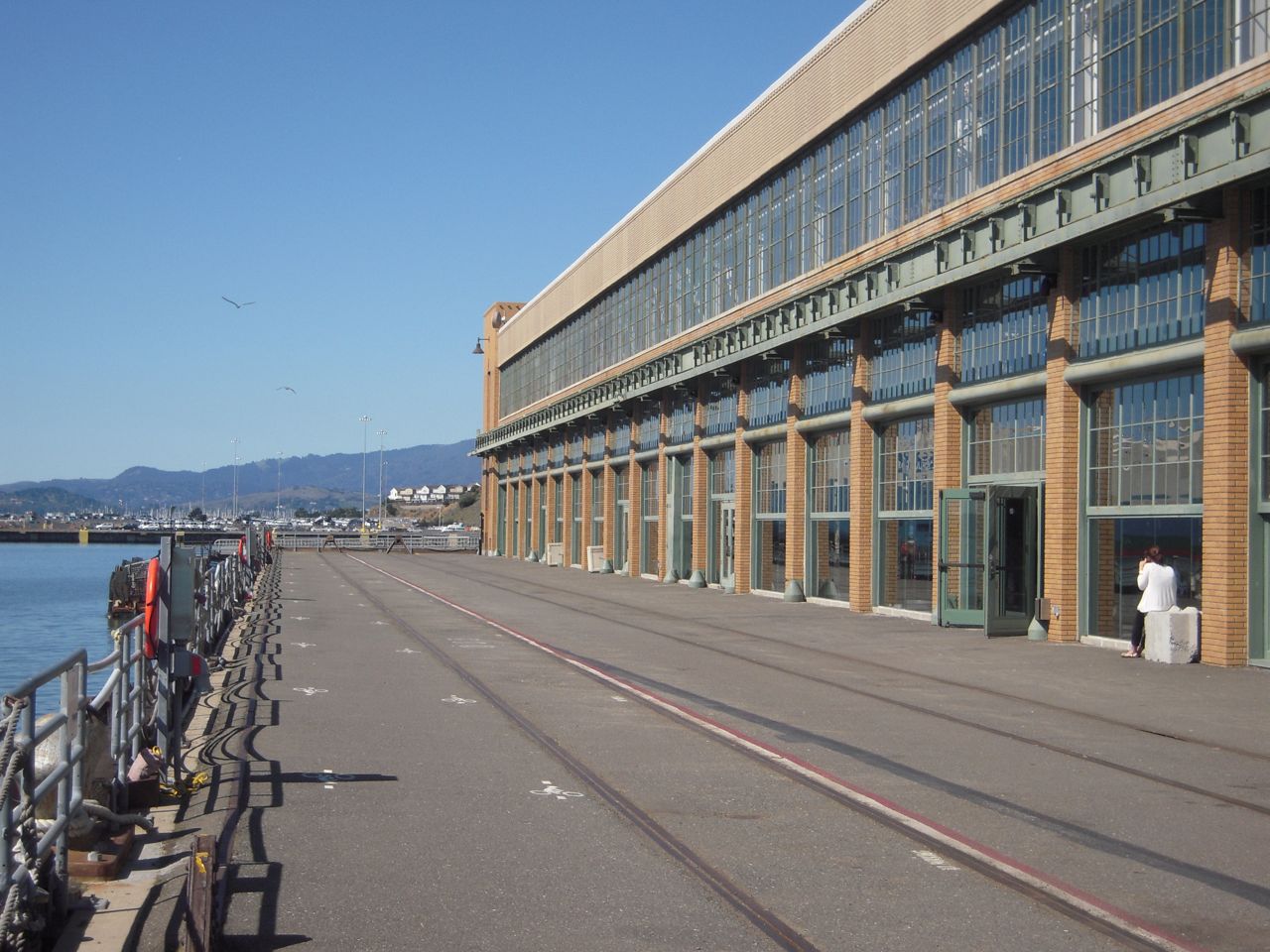 Looking west across the estuary to the remains of Kaiser Shipyard 3. Note the difference between the 1944 launched Victory ship and the modern car carrier unloading nearby: 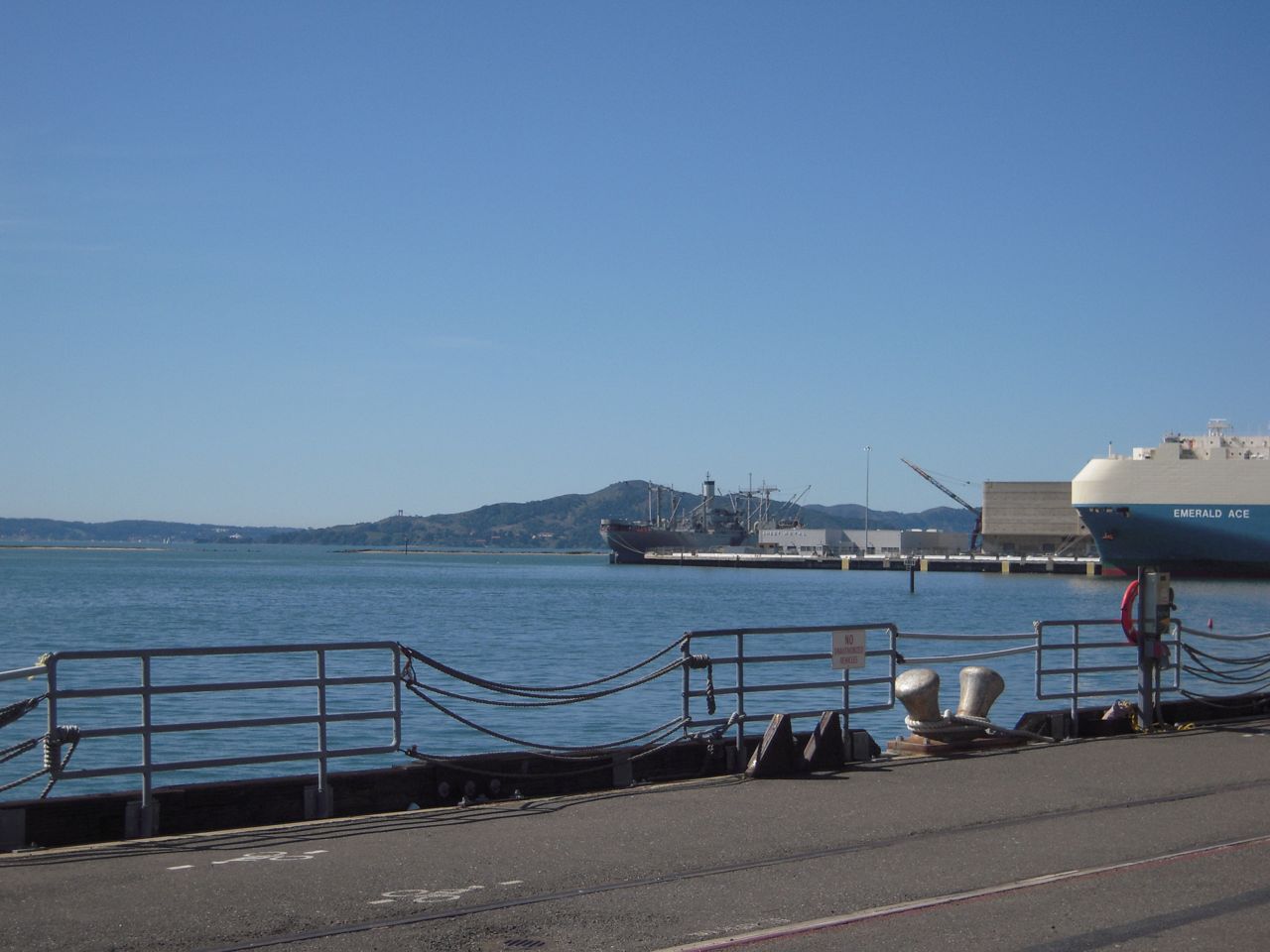 A closer look at the Kaiser yard: 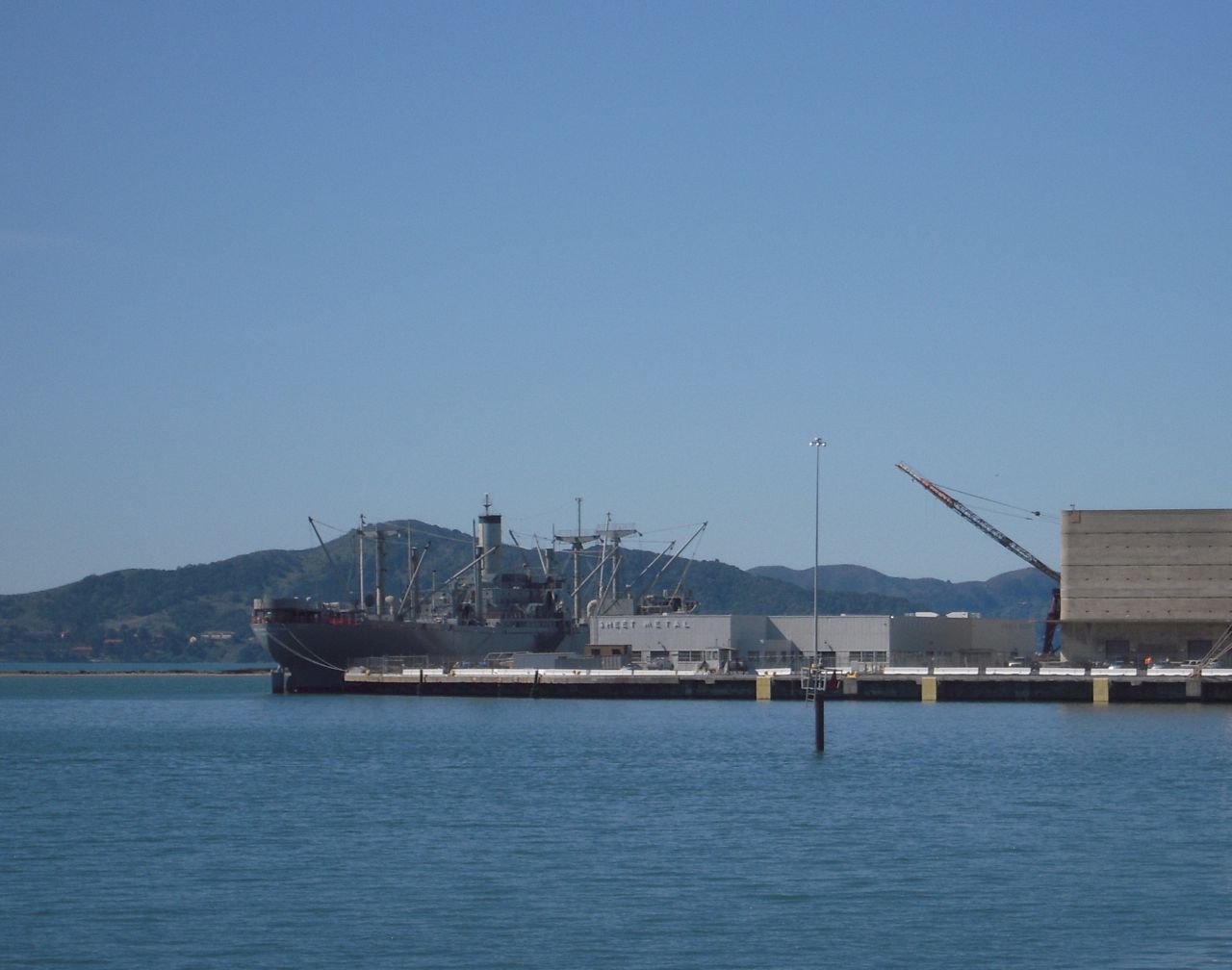 View looking east to the crane room west entry: 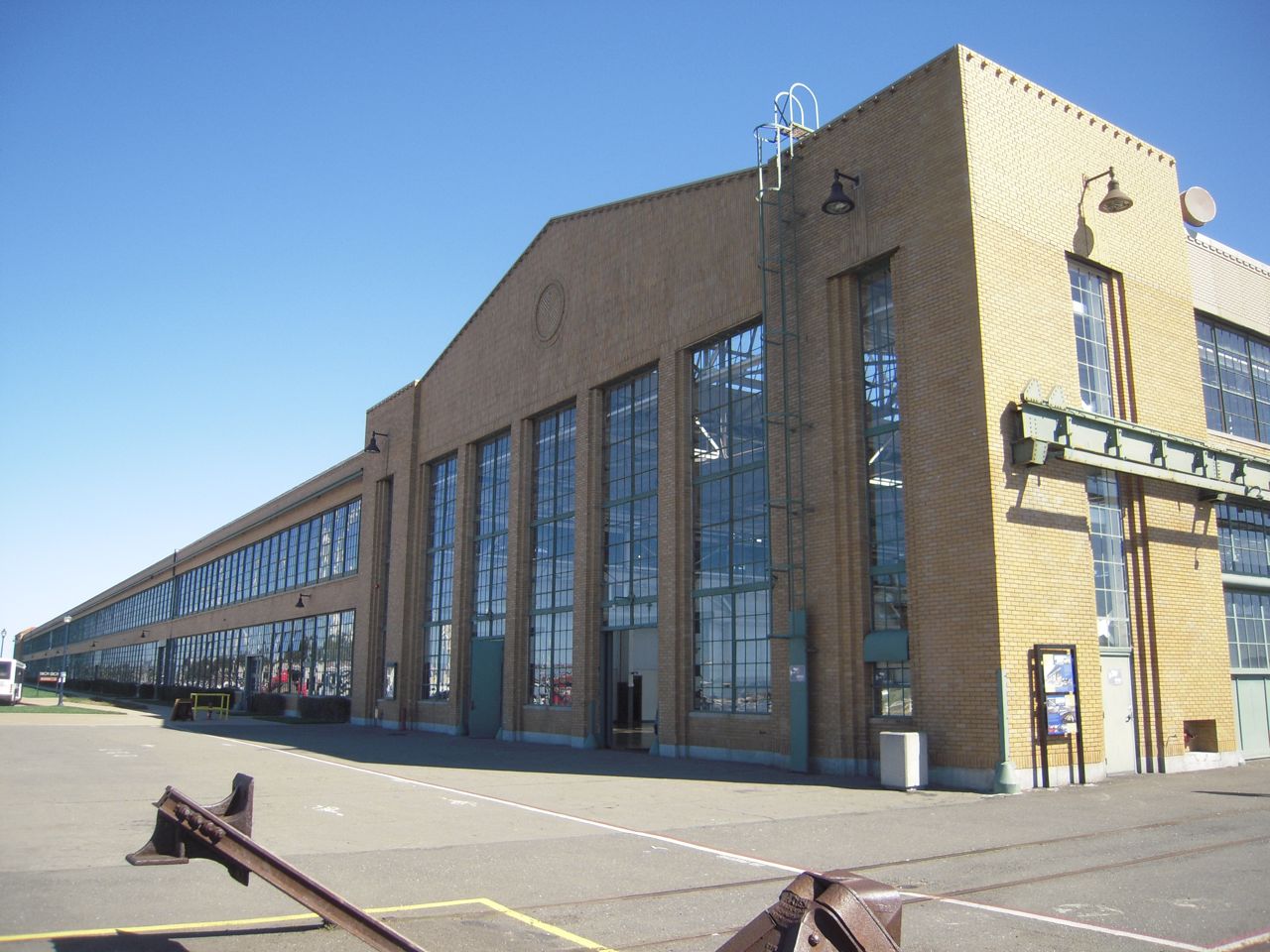 Looking east along the dock front: 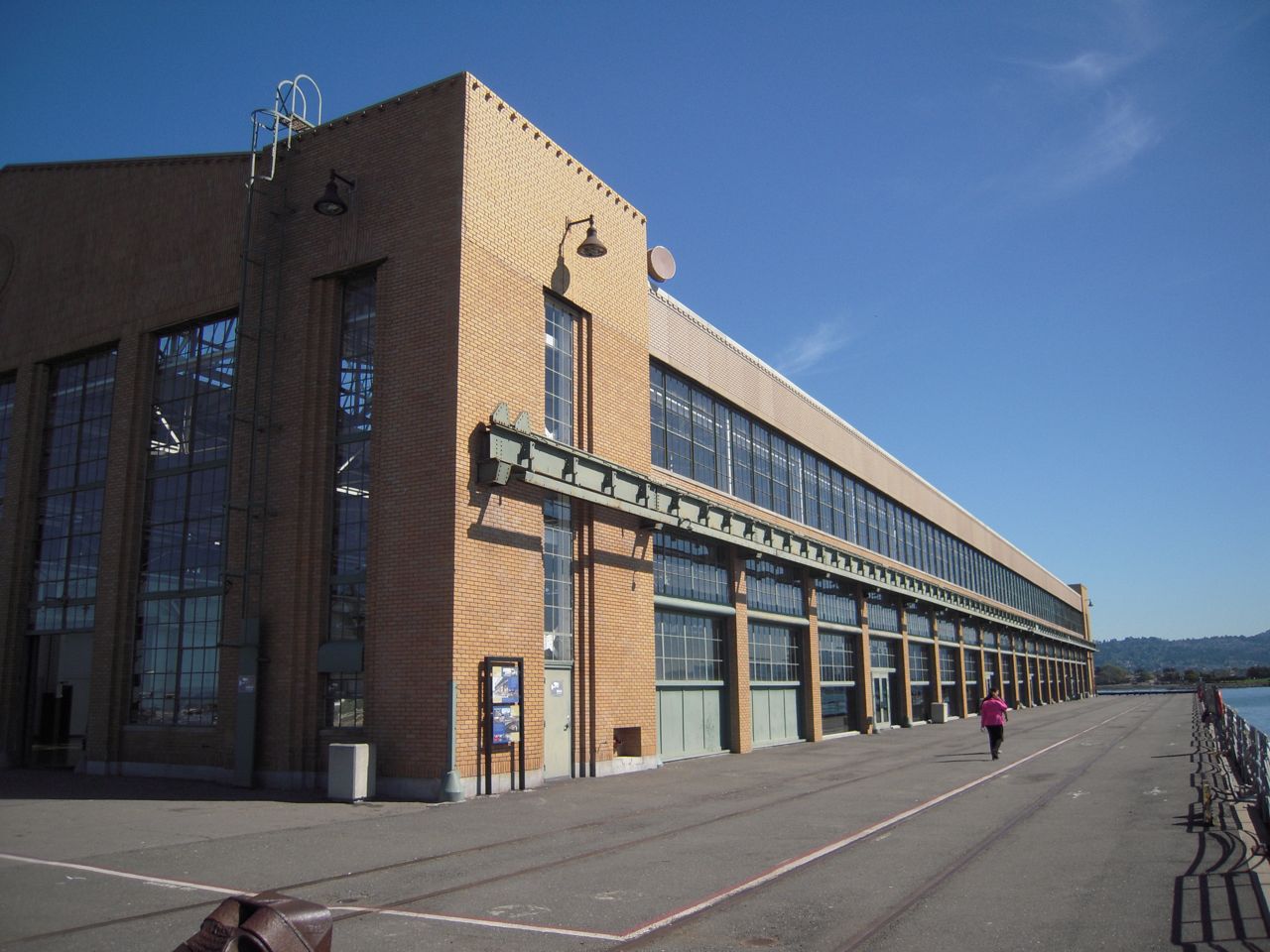 Looking east inside the crane room, the overhead cranes still operate-the room is being prepared for an event for the weekend: 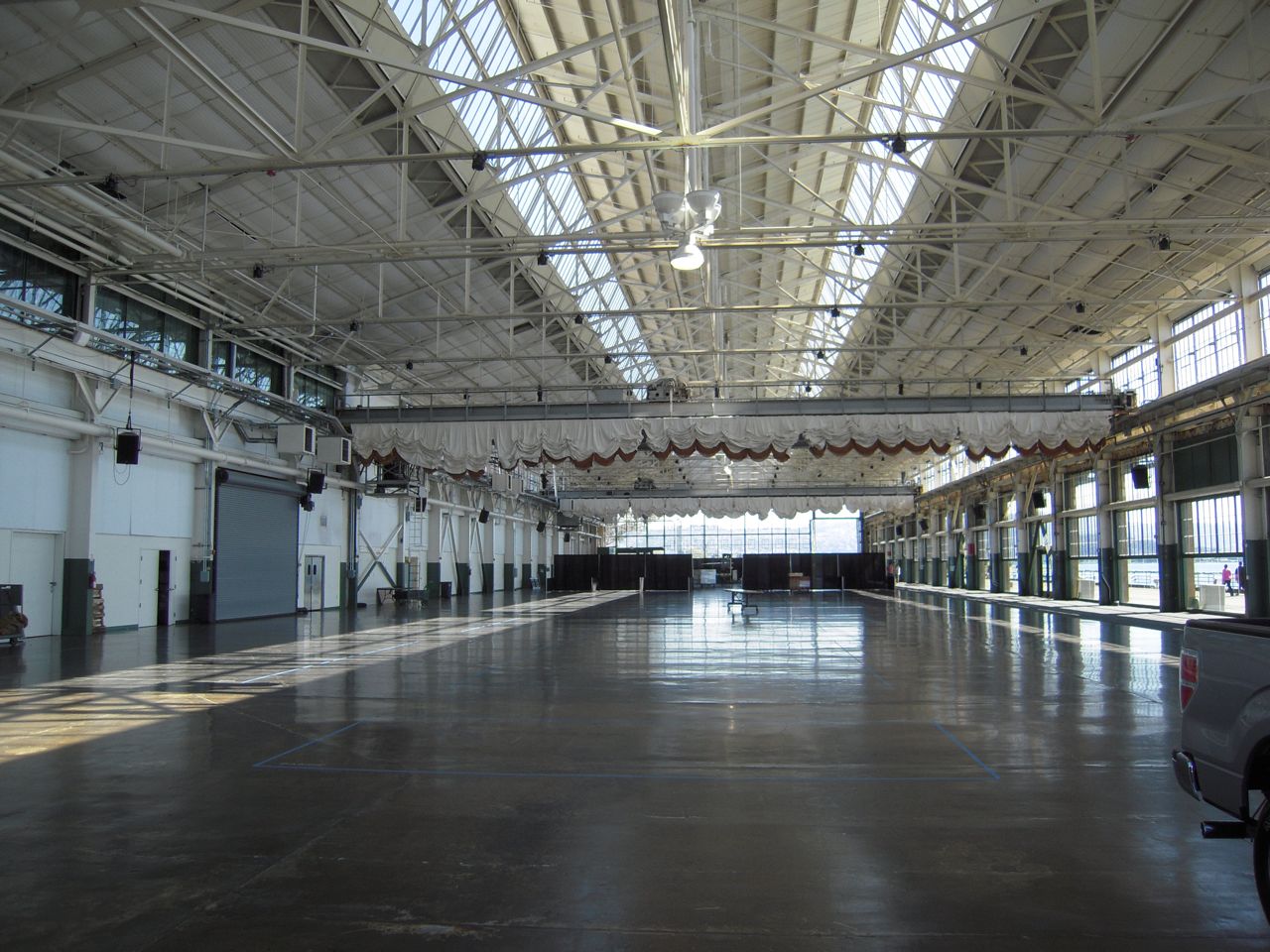 A west looking view inside, a Ford F150 pickup is at the far end: 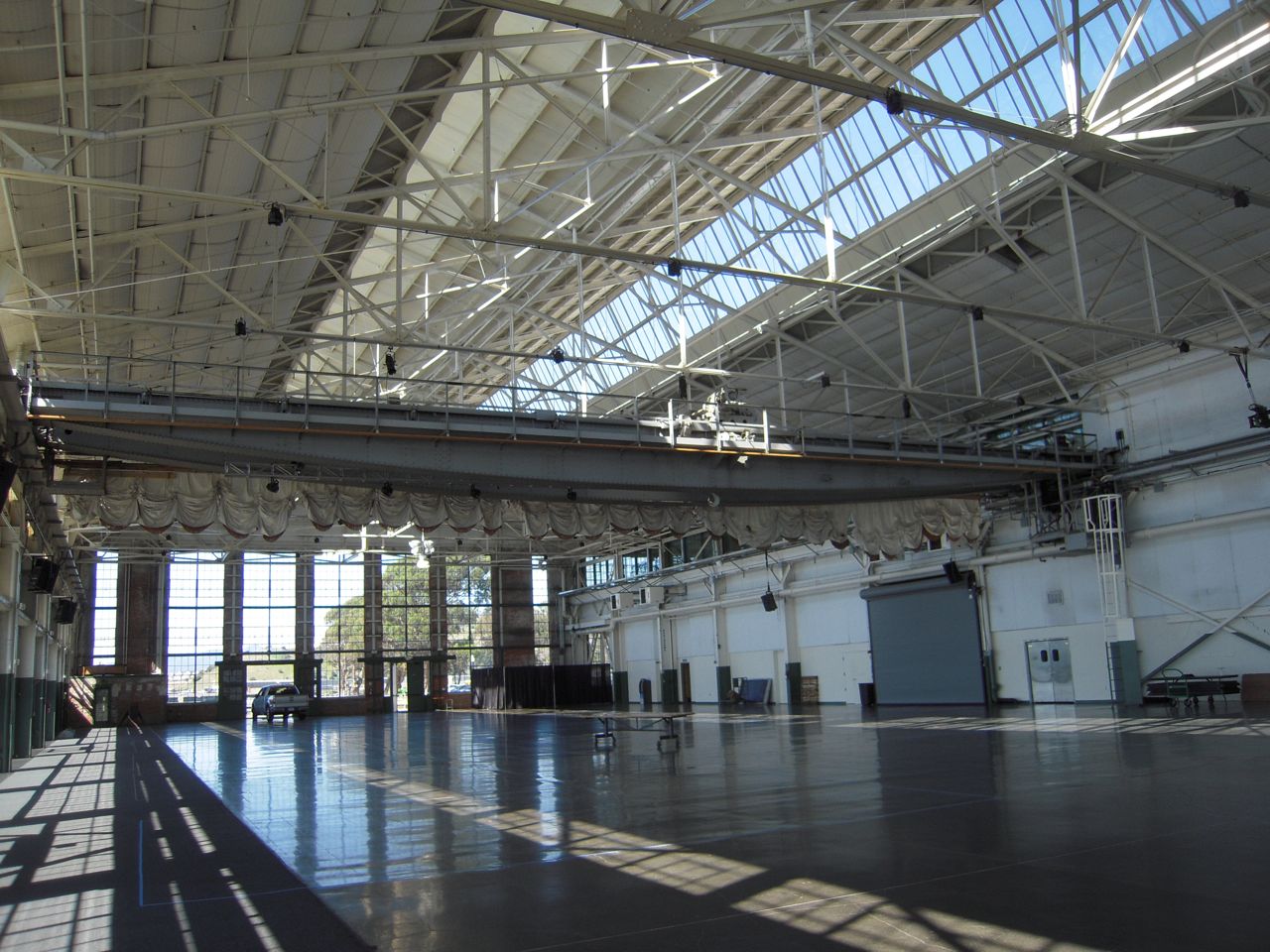 The Oil and Lubricant Storage was in tanks inside this building. It now serves as the visitor center for the National Park Service Historical Park: 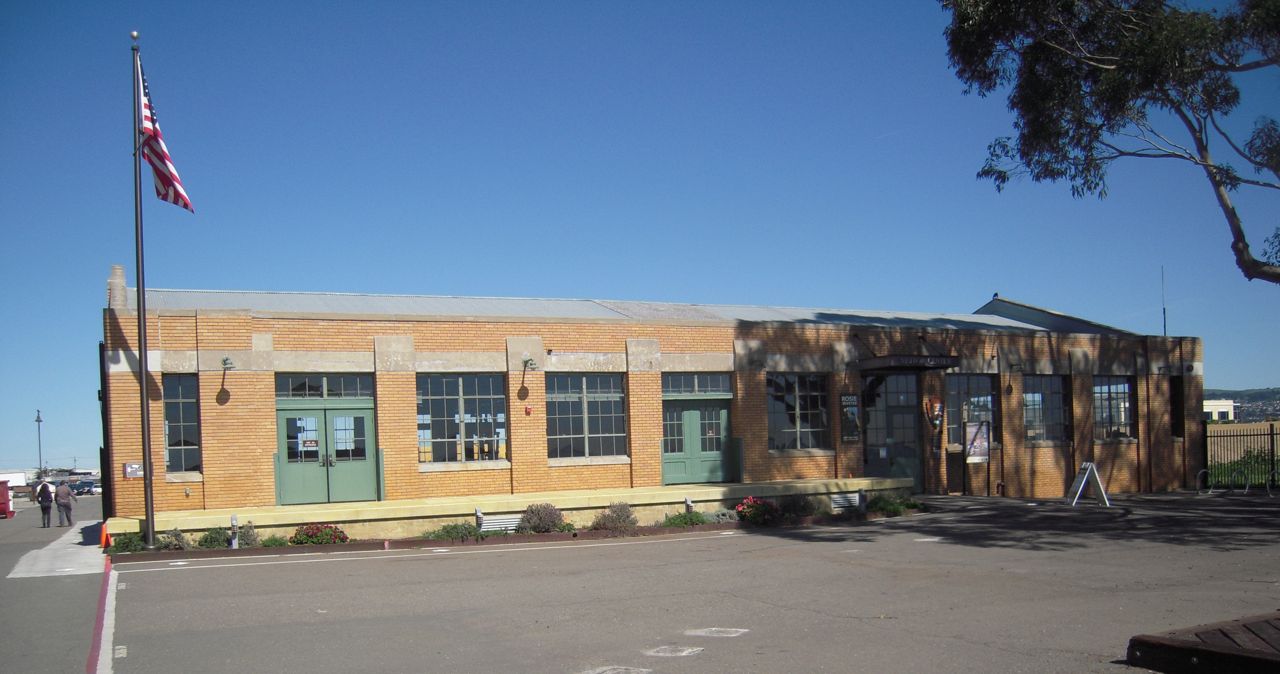 Looking at the plant from Kaiser Shipyard 3: 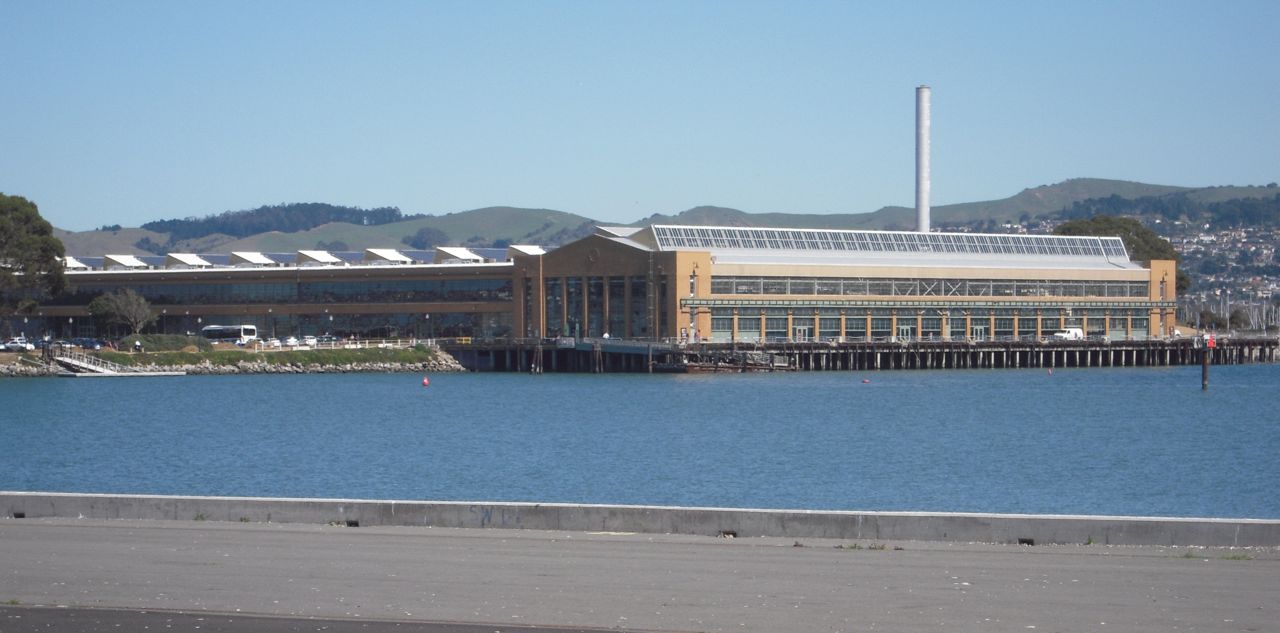 |
|---|---|
| Carson (Ncal) |
Posted 03-20-2017 at 08:40:43 [URL] [DELETE]
[Reply] [No Email] Steve: I took my 93 year old dad to the Rosie the Riveter Museum a few months ago. They were in the process of getting their permanent displays installed in a couple of weeks. One of the old family friends is one of the Rosie's and recently went to Washington D.C. to meet the President and tour the city. Katherine had a great trip and it was all paid for with donations. Lunch in Point Richmond was also great. We were impressed with all the new cars stored over near the Liberty ship. Need to visit the Red Oak someday. We have done several trips on the O'Brien around the bay. You took some great pictures. |
| Steve Dabrowski |
Posted 03-20-2017 at 08:42:16 [URL] [DELETE]
[Reply] [Email] Hi Carson, There is some irony in the fact that the Red Oak Victory ship came out of that very yard in 1944, was present in Tokyo Bay when the surrender of Japan was signed, and now often sits in the shadow of overwhelming vessels unloading Toyotas and Hondas by the thousands onto a yard area that was central in winning that war. I'm glad you enjoyed the pictures. |
| Steve Dabrowski |
Posted 03-20-2017 at 08:44:06 [URL] [DELETE]
[Reply] [No Email] I had several photos I took over at the Shipyard#3 also but figured the post was getting pretty long. Photos of the drydocks, of which there were five at that yard, show them dillapidated but still in use for repair of various vessels, there is one of the last shipyard Whirley Cranes,and the main machine shop, general warehouse (the big concrete structure) and the sheet metal and paint buildings there also. The Ford assembly plant was called the Richmond Tank Depot during the war as it was fully occupied completing new Sherman Tanks and other equipment and producing Jeeps. Virtually all of the vehicular equipment going to the war in the Pacific went through here. Much of it was not fully assembled here, rather the plant served as a final outfitter equipping tanks and other vehicles as requested for various units fighting at the front. Kind of like adding optional items to cars. They also did tank repair and refit. One original photo shows workers loading newspaper and magazine stacks into a tank for distribution to soldiers and Marine units to read when the vehicle arrived from the U.S. |
| Kent S |
Posted 03-20-2017 at 08:45:34 [URL] [DELETE]
[Reply] [Email] The best book I have read about WWII war production is "Freedom's Forge" by Arthur Herman. |
| Steve Dabrowski |
Posted 03-20-2017 at 08:46:43 [URL] [DELETE]
[Reply] [No Email] The Ford plant in Richmond was a big part of it. It produced 49,000 jeeps alone and was one of only three tank depots in the United States during the war and every combat vehicle used in the war was processed by those three depots. The Richmond plant put the finishing touches on 91,000 tanks, half-tracks, armored cars and other vehicles destined for combat. This place could easily have been demolished and the land used for condominiums or apartment houses-it was good luck that it has been preserved. I'll look for the book, thanks for the recommendation. |
[Back] [Return to Top of Forum]